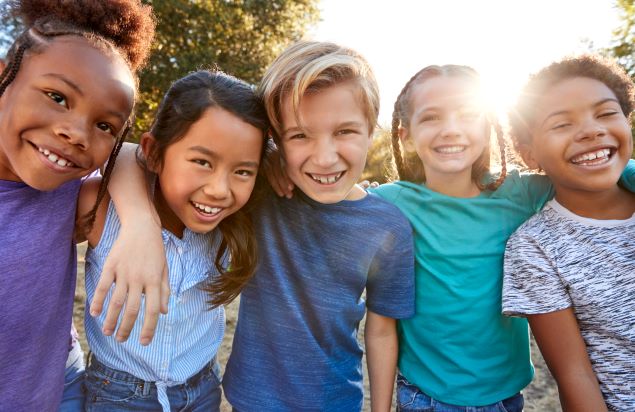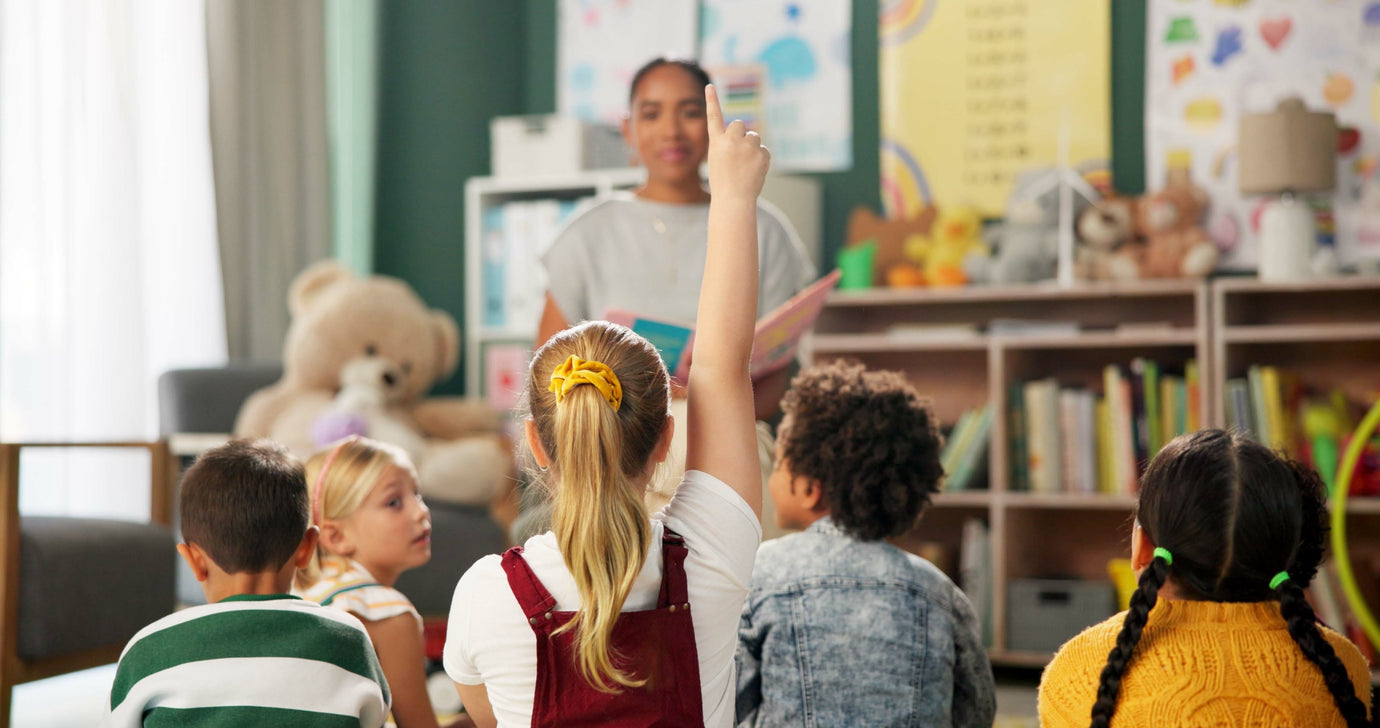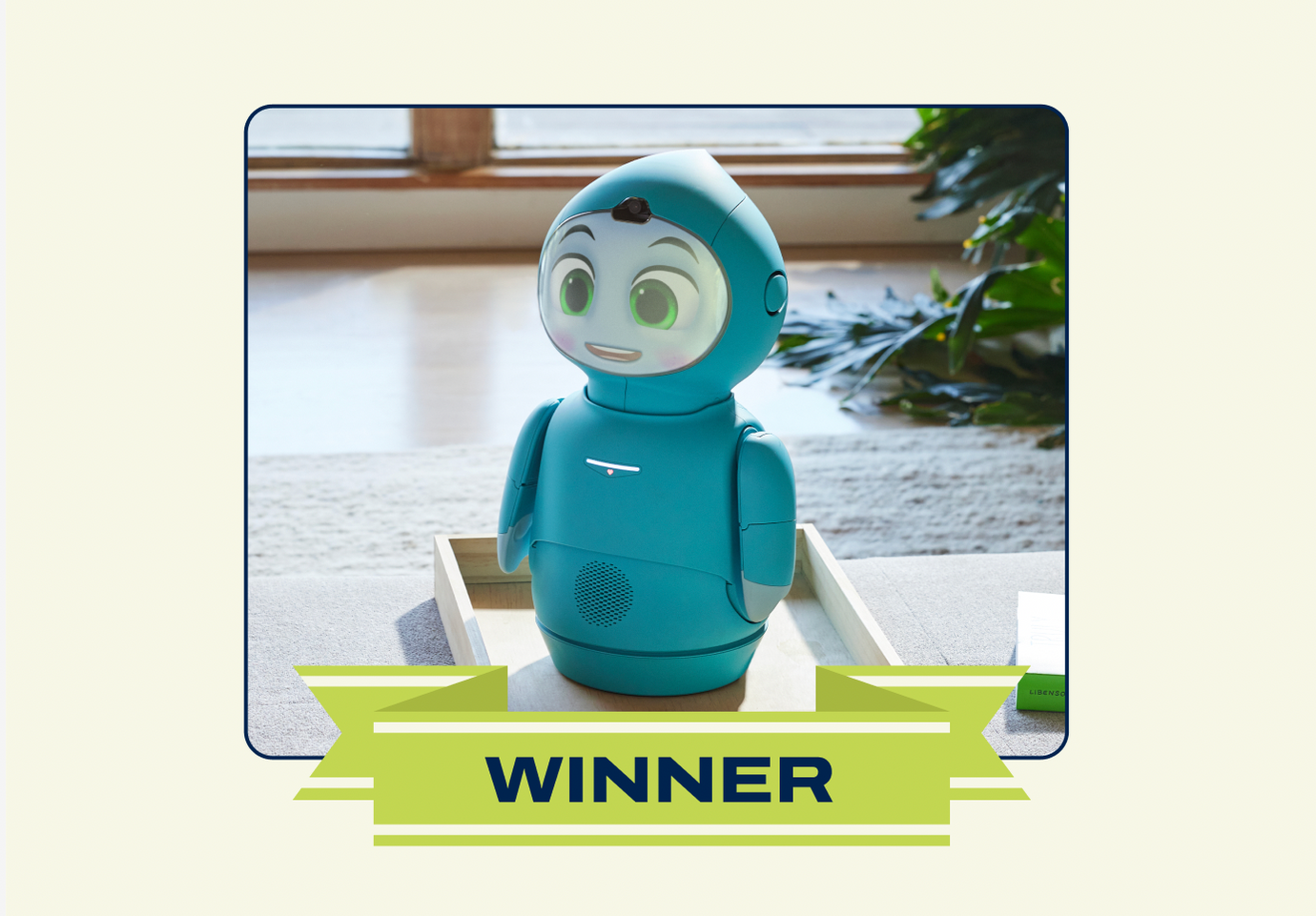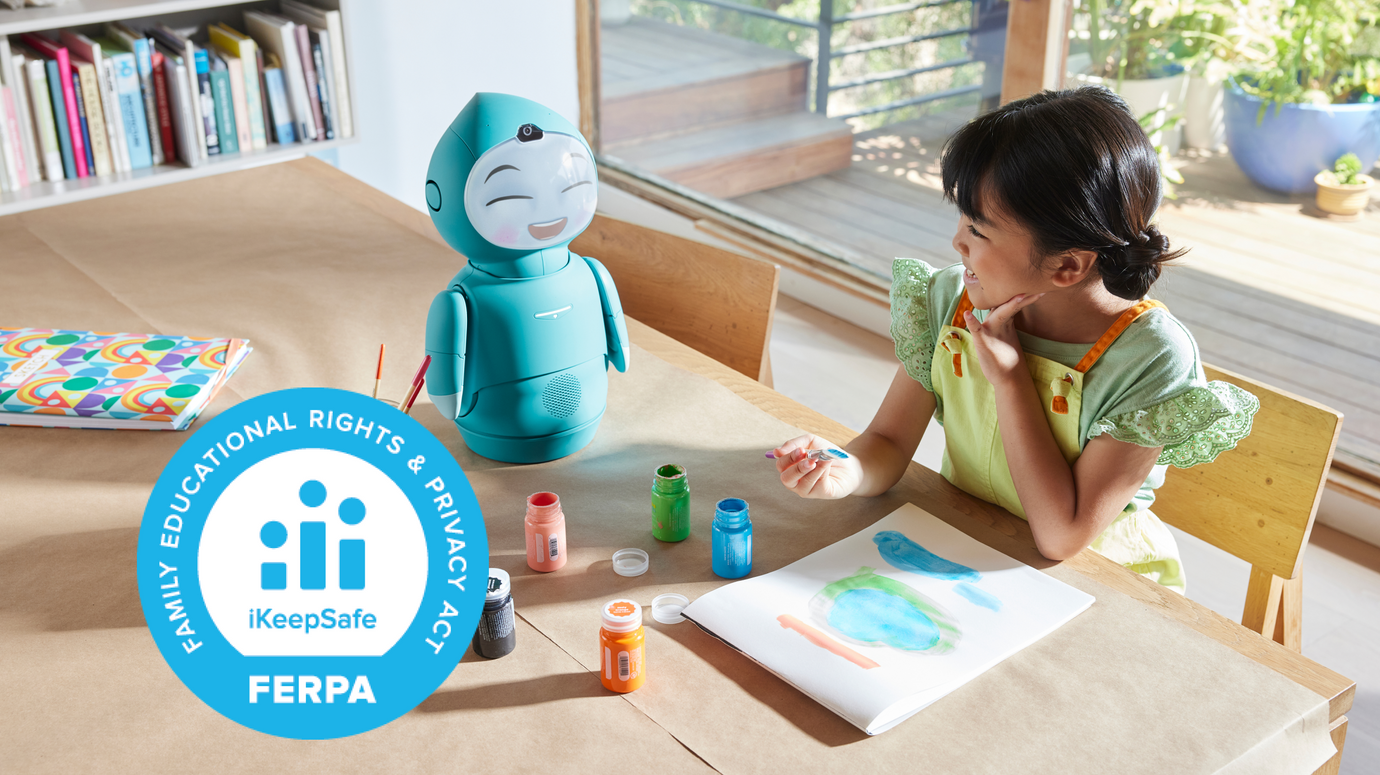5 Tips On Teaching Kindness to Kids

“No act of kindness, no matter how small, is ever wasted” - Aesop
Kindness is an important part of the skill set in social emotional learning. Though it may feel like a quality that comes naturally, it’s actually something we can teach our kids. And it turns out that there are great benefits to doing so.
What is Kindness for Kids? More than “Just Be Nice”
First, it’s good for others. Kindness is an important underpinning of a just and ethical society. It can lead to tolerance and help people get along better. And it is a powerful antidote to violence and aggression. The Dalai Lama promotes kindness as a way to create harmony among people and nations through communication and dialogue.
Second, it’s good for us. Kindness is not just altruistic, it can also help the one practicing kindness. Kindness can improve social relationships and increase your energy and feelings of happiness and pleasure. This may be at least partly because kindness releases oxytocin and serotonin, two hormones that play a big part in feelings of happiness, love, and all around goodness. Not only that, kindness can also decrease stress, pain, anxiety, depression, and even blood pressure.

Convinced yet that encouraging kindness is a win-win? Good! Here’s how to get started with your kids.
How to Teach Kindness for kids
Determine a Kindness Definition for your Kids and Family
Kindness can be broad – and different people can focus on different aspects of what it means to be kind. So, a good place to start establishing a family culture of kindness with your kids is to be clear about what exactly kindness means for your family.
If you’re having trouble putting your finger on exactly what you’d like to focus on, this definition Tina Malti, a psychologist from the University of Toronto might help give you food for thought. Dr. Malti suggests that there are three elements of kindness: emotions, thoughts, and behaviors. Kind emotions can include sympathy, empathy, feeling sorry after doing something wrong and pride after doing something nice. Kind thoughts involve understanding the impact of kindness on the self, others, and relationships. And finally, kind actions include prosocial behavior like helping, cooperations, comforting, sharing, and being inclusive. The more these three pieces come together, the more impactful kindness can be for all involved. Which of these aspects of kindness feel most accessible to you? That can be a good place to focus your attention as you talk about kindness with your family.

As you work on your family definition of kindness try to get as specific as possible. For example, if you’re talking about kind actions, list some specific things you and your kids can do to demonstrate kindness. A simple place to start is to stress good manners, both the basic ones such as saying please and thank you, but also ones like holding the door open for someone coming through behind you, or giving a warm smile to the random people you encounter and interact with throughout your day.
Depending on their age, kids may also respond well to talking about kindness by using the golden rule: treat others the way you would want to be treated yourself. When they’re developmentally ready for it, you can also change that golden rule to the platinum rule: treat others the way they want to be treated, even if that’s different than what you would want. Side note: Truly understanding this one and being able to put it into practice takes some pretty mature perspective taking and empathy skills – even many adults have trouble with it! That said, it’s a good guiding principle to help you and your kids understand and define kindness.
Once you have your definitions and expectations set, it’s time to get to work creating a culture of kindness!
Kindness for Others starts with Kids being kind to themselves
Showing kindness to others actually starts with being kind to yourself. Take all the advice that encourages you to make sure you’re devoting some time to self-care, whether that is getting enough sleep and eating balanced meals, or giving yourself space to do the things that bring you peace and joy. And be kind to your inner emotional self as well. For example, self compassion is also about accepting that when you fail or make a mistake, it’s not a reflection on who you are as a person. Talk it out with your kids and show them that you both expect and accept mistakes as normal parts of being human – and they’re also great opportunities for growth!
Parents should Model ways to be kind for kids
As with everything else, kids are watching what you do to learn how to interact with people and move about in the world. Whenever you can, clearly demonstrate kindness and give them concrete examples of what it means to be kind. You can do big things like bringing a home cooked meal to a friend or neighbor going through a tough time or volunteering time or money to a worthy cause. But it’s also in the small daily things you do. Speak politely to waiters at restaurants, give a hug to a friend, or make eye contact and smile at strangers. Even these little acts of kindness speak volumes.
Another important opportunity to model kindness is in your interactions with your kids! And be honest! It’s easy to be kind and loving when things are going great and your kids are lovely, cooperative, adorable bundles of perfection (does that ever happen??). But take a step back and, for example, listen to how you talk to your kid when you’re at your most frustrated. Is your tone kind, even if your words are firm? Do you say please and thank you when making requests, even if you just really, really don’t feel like it? Those moments are great opportunities to model kindness (just don’t forget the self-compassion when you just don’t have it in you to be your most kind self). In addition, you can give them positive feedback when they do something well and find little ways to add small acts of kindness to your interactions with your kids. It may not happen right away (raising kids is a long-term investment!) but you may be surprised at how those actions will come back one day.
Teaching kindness to kids starts with empathy and perspective taking.
Showing empathy is a kind thing to do, in and of itself. There’s lots to say about the importance of empathy and how to encourage it in your kids. But for the purposes of teaching kindness, we’ll focus on the concept of perspective taking. A big part of empathy is being able to understand other people’s thoughts, feelings, and experiences – which is a necessary first step towards achieving that platinum rule, treat others the way they want to be treated. And, other than asking them outright, in order to conceptualize how someone else might want to be treated we have to be able to look at the world from their perspective. One way to practice perspective taking is by reading books or watching movies and talking about the characters thoughts and feelings, and what motivated their behavior. (Bonus points if the storyline gives ideas or inspires your kid for new ways to show kindness.) Encourage kids to use their imagination. How do you think this person feels? I wonder what it’s like to be in that person’s shoes. If your friend is having a bad day at school, what could you do to cheer her up?
Show the impact of your kids being kind on others
Kindness makes people feel good, so help put the spotlight on that. Ask kids to reflect on how they feel when others are kind to them. And point out how much others appreciate the kind things you and your kids do for others.
To recap, the benefits of being kind reach far and wide, from improving our own quality of life, to improving society as a whole. And the good news is that kindness can be taught and encouraged. For even more inspiration for bringing more kindness into your family’s life, check out The Random Acts of Kindness Foundation. Or, take the sage advice from the Dalai Lama, who boils it down to extreme simplicity: “Be kind whenever possible. It is always possible.”







